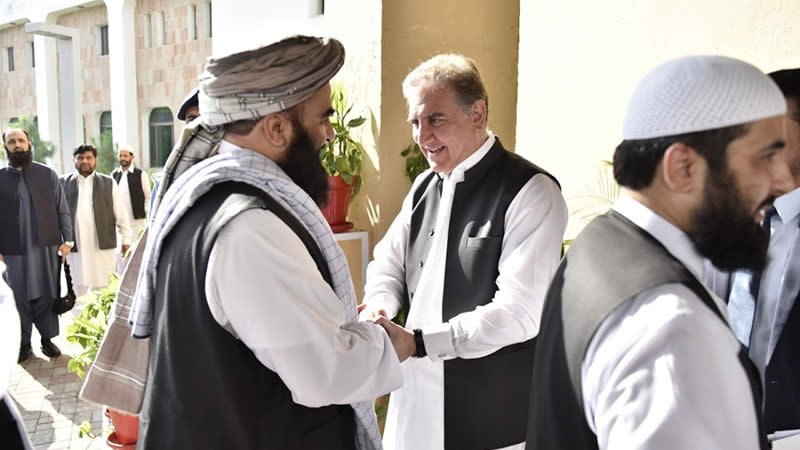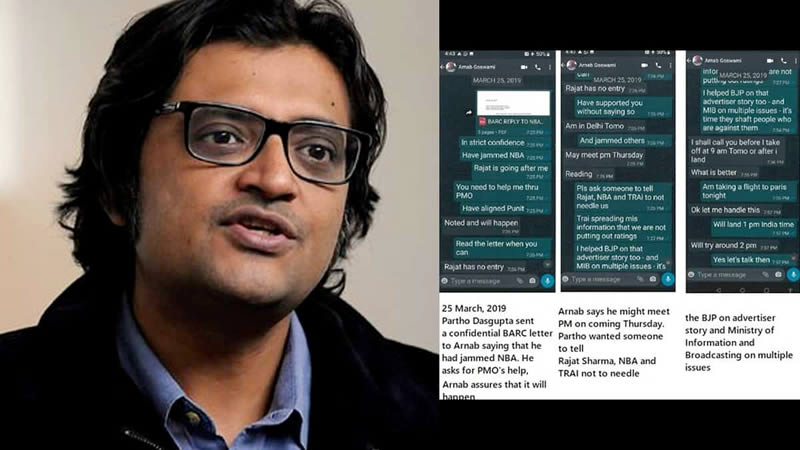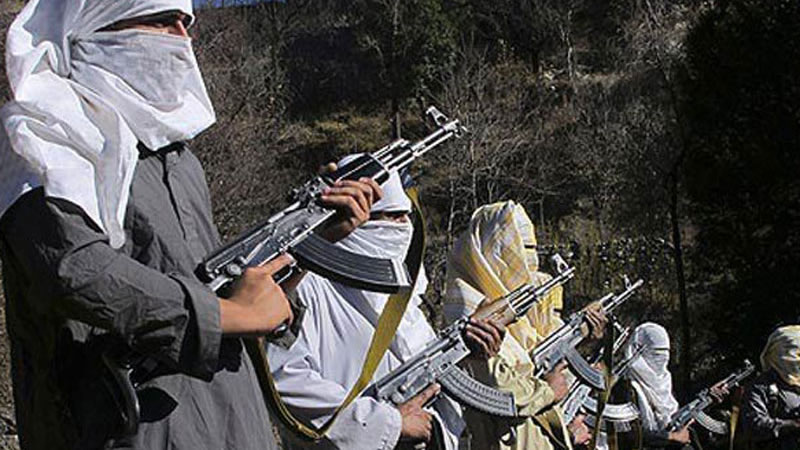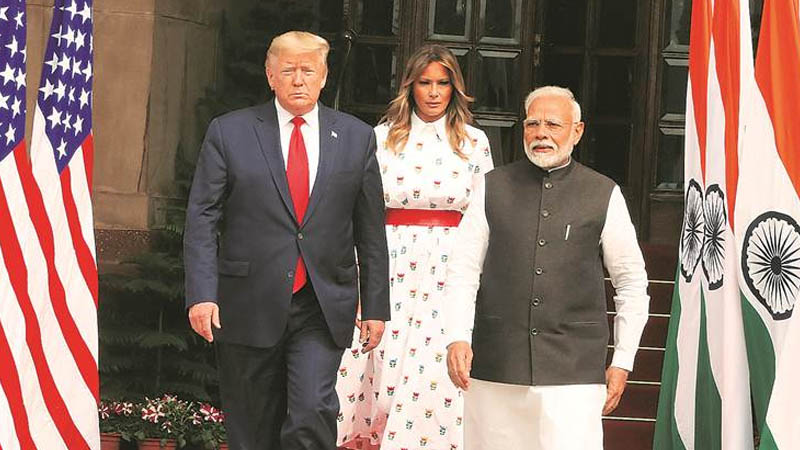 Appalled by the totality of energy crisis in the country Prime Minister Syed Yousuf Raza Gilani in his interview to Aaj News and PTV has revealed that the government will devise a master plan in two months with a view to tackling the issue of electricity and gas shortages and better manage supply of petroleum products.However, one must not lose sight of the fact that an Integrated Energy Plan (2010-2025) prepared by the Economic Advisory Council of the Finance Ministry in April 2011 awaits completion of two more studies; one by USAID on the economic value of natural gas and the other by Canada, on the least cost of power generation. The Minister of Petroleum and Natural Resources, Dr Asim Hussain, had already warned of gas shortages about a year and half ago in his first stint as Advisor on Petroleum. It is regrettable though that these warnings were ignored with contempt and scorn.The decision of the Economic Co-ordination Committee in its last meeting to once again postpone the gas tariff rationalisation and distribution recommendations amounts to acting like an ostrich. Don’t forget that the delay in adjusting power tariff in a timely manner led to what is termed the “circular debt”. We do not need to trap our gas companies into it by further delaying tariff decisions that can correct their adverse bottom-line.Pakistan’s geographical location and natural endowments provide it with many politically technologically feasible options to meet the energy demand. The challenge, however, lies in allowing the establishment of economically viable options within the country’s limited capital and execution capacity optimally. In order to do so, some unpopular but economically correct decisions such as equating the CNG price with motor gasoline; reducing the cross-subsidy on the supply of natural gas as feed stock for urea manufacturing and bridging the existing tariff gap between locally produced liquefied natural gas, as well as liquefied petroleum gas with the import of LNG and LPG, respectively need to be taken.
Appalled by the totality of energy crisis in the country Prime Minister Syed Yousuf Raza Gilani in his interview to Aaj News and PTV has revealed that the government will devise a master plan in two months with a view to tackling the issue of electricity and gas shortages and better manage supply of petroleum products.However, one must not lose sight of the fact that an Integrated Energy Plan (2010-2025) prepared by the Economic Advisory Council of the Finance Ministry in April 2011 awaits completion of two more studies; one by USAID on the economic value of natural gas and the other by Canada, on the least cost of power generation. The Minister of Petroleum and Natural Resources, Dr Asim Hussain, had already warned of gas shortages about a year and half ago in his first stint as Advisor on Petroleum. It is regrettable though that these warnings were ignored with contempt and scorn.The decision of the Economic Co-ordination Committee in its last meeting to once again postpone the gas tariff rationalisation and distribution recommendations amounts to acting like an ostrich. Don’t forget that the delay in adjusting power tariff in a timely manner led to what is termed the “circular debt”. We do not need to trap our gas companies into it by further delaying tariff decisions that can correct their adverse bottom-line.Pakistan’s geographical location and natural endowments provide it with many politically technologically feasible options to meet the energy demand. The challenge, however, lies in allowing the establishment of economically viable options within the country’s limited capital and execution capacity optimally. In order to do so, some unpopular but economically correct decisions such as equating the CNG price with motor gasoline; reducing the cross-subsidy on the supply of natural gas as feed stock for urea manufacturing and bridging the existing tariff gap between locally produced liquefied natural gas, as well as liquefied petroleum gas with the import of LNG and LPG, respectively need to be taken.
The second challenge is to overcome the demand-production or demand-supply gap in electricity generation and distribution areas. Successive governments, since 1985, have shown a tendency or taste for expansion in the distribution and transmission network for political patronage without upgrading and increasing the hydel generation capacity. Kalabagh Dam project during the General Zia regime, which had spent Rs 853.25 million on the project, developed into a seriously conflicting issue over a serious water distribution dispute between Punjab and Sindh in 1985. Since then the construction of any major hydro-power project has been a non-starter. As a consequence, in 1990 the Benazir government started signing up with the Overseas Independent Power Producers for thermal generation. MoUs of as many as 27,000 megawatts were signed.
However, only 6,000 MW could be materialised as the Nawaz Sharif government had launched a corruption probe against IPPs. The Musharraf government also persisted with this folly for the first three years. As a result, foreign direct investment in power generation remained shy. In the meanwhile, demand overshot production while loadshedding became the norm. Four local business groups were given incentives to invest in power generation. Meanwhile, rental power was sought as a quick fix. Two gas-operated rentals were allowed. The two gas rentals have been paid capacity payment, with less than full receipt of power. The present government persisted with the rental plant policy, but with a difference. The new rental plants contracted were FFO-based instead of natural gas. They too have run into snags because of shortage of FFO on account of the circular debt.
Musharraf did start some new hydro projects. Initially, substantial support was available from international loan-giving agencies. However, Pakistan’s inconsistency in keeping its commitments with the International Monetary Fund has caused delays in obtaining funds to keep the new hydro-power projects on completion track. The present government has shifted its strategy to obtain Chinese help in the execution of hydro-projects. However, chaotic co-ordination between various parts of the government, ie, the Planning Commission, the Ministry of Finance, the Ministry of Water and Power and the Ministry of Petroleum and Natural Resources has thwarted worthwhile progress, despite several interventions by President Zardari himself.
Successive governments have talked of tapping energy resources from Pakistan’s neighbours. For years we have talked of projects for the import of natural gas from Qatar, Iran and Central Asia. Power projects from Tajikistan and Kyrgyzstan have been under consideration but have never materialised. Tapping rich coal deposits from Thar and nuclear power with Chinese help are still largely on paper. Ad hoc measures to deal with Pakistan’s energy needs have failed to address deep-rooted structural problems. Now there is talk of handing over operations and management of some government-owned power generation utilities as well as distribution and transmission companies to the private sector. The role of the private sector can only expand in the years ahead if the government strictly follows a policy of privatisation and deregulation. Whatever is happening in Karachi in relation to power crisis, at this point in time will never contribute towards efforts aimed at attracting foreign investment in the country. Massive investment coupled with rightsizing them, reduction in line losses and an end to cross-subsidisation of tariff would require full political support.
The first step has to be taken towards instituting appropriate accounting mechanisms and systems for energy demand and supply, followed by national efforts to tackle inefficiencies in energy generation and distribution systems. Large hydro-electric projects should be undertaken after low-cost conservation measures have been fully utilised. The Prime Minister’s announcement that 2,000 MW will be added to the national grid in 2012-13 is a “supply-side” approach. It alone will not lead to a successful energy policy. Reaching a country’s energy potential is not necessarily a sign of achievement.
Affordability, energy security, energy diversity, a sensible balance between fossil fuel and renewable energy, coupled with energy efficiency and conservation, along with gas generation, economic growth and political stability need to go hand in hand. The present approach of muddling through is not enough. If the Prime Minister is genuinely and earnestly desirous of creating an energy strategy and implementing it – the formation of an energy ministry and creating a National Energy Authority with powers to implement an Integrated Energy Plan is sorely needed. Honest, dedicated, well-recognised and eminent industry professionals need to be inducted in the National Energy Authority for the implementation of the energy plan in an effective and meaningful manner. – Brecorder












